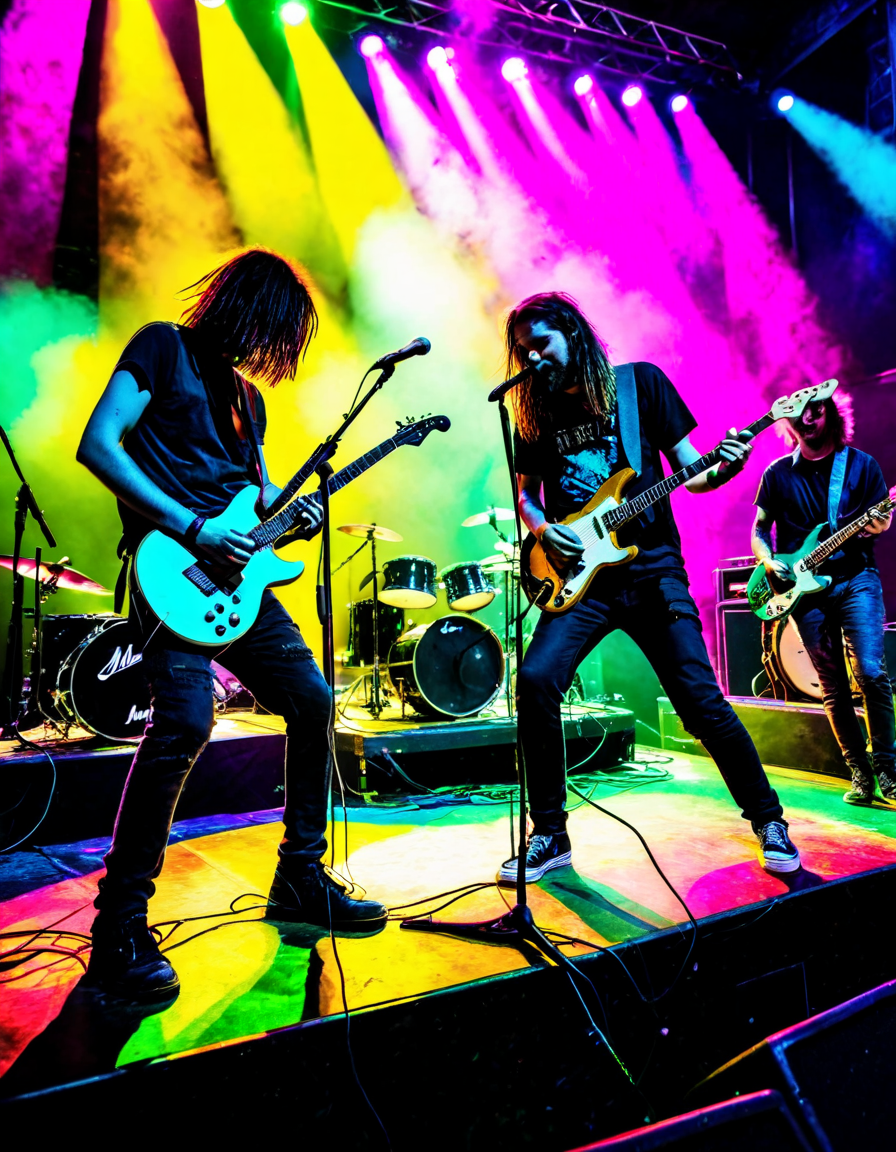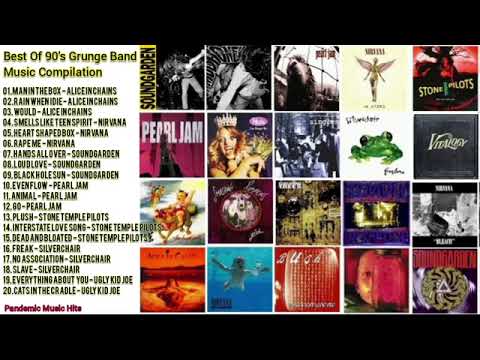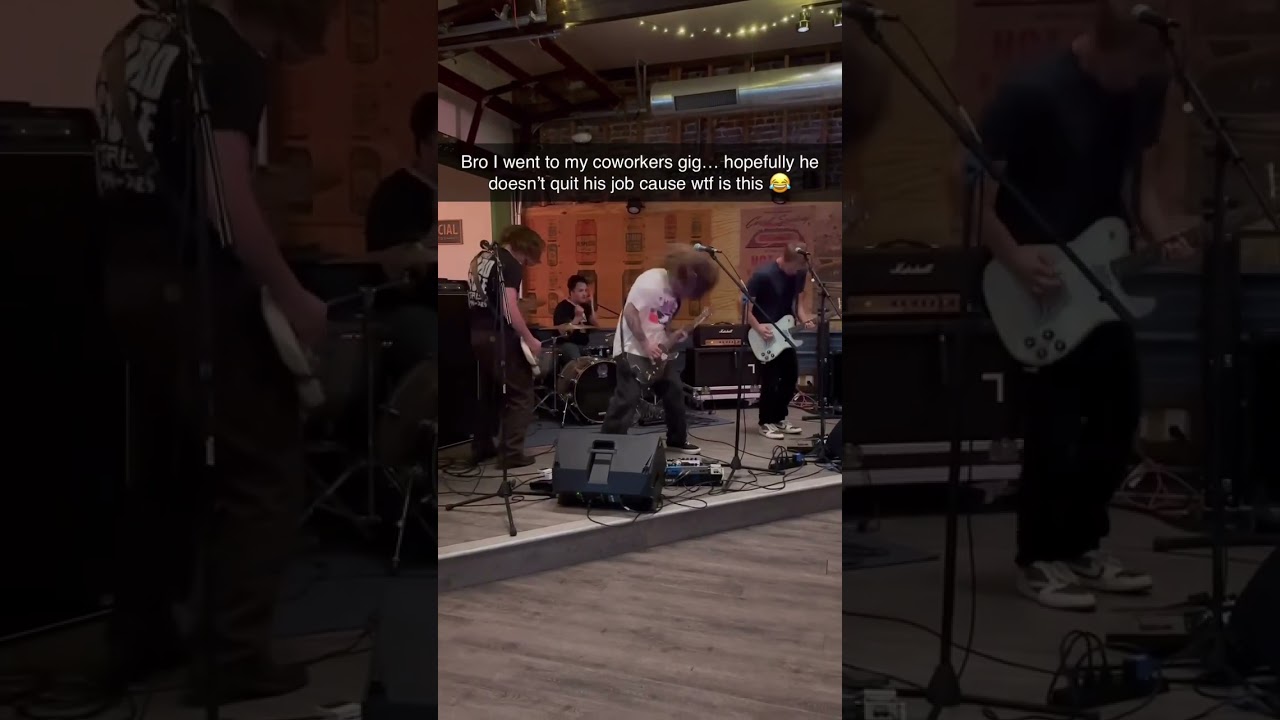The grunge movement, emerging from the Pacific Northwest in the late 1980s, transcended mere musical boundaries to become a cultural phenomenon. Its raw, unfiltered aesthetics and sound still inspire countless artists and fashion designers decades later. With its roots in disenchantment and rebellion, grunge reshaped not just music but also how we express ourselves through fashion. This article explores the multifaceted influence of grunge on both music and fashion, highlighting key moments and figures that shaped its legacy.
The Top 7 Ways Grunge Impacted Music and Fashion
Grunge music flipped the script, injecting anti-establishment themes into mainstream culture. Bands like Nirvana and Pearl Jam tapped into a restless spirit simmering beneath the surface, resonating deeply with a disenchanted youth. Nirvana’s iconic hit “Smells Like Teen Spirit” became the anthem of a generation, filled with raw emotion and disillusionment. This sentiment spilled over into fashion, as brands like Stüssy and Supreme embraced gritty, urban styles that challenged conventional norms.
Rage Against the Machine took grunge’s rawness to another level, merging it with biting political commentary. Their album “Evil Empire” showcased how the ethos of grunge could amplify messages of rebellion. This unique blend of sound and fury redefined rock fashion, merging punk styles with militant aesthetics. Limited-edition merchandise, often encapsulating provocative designs, transformed into wearable statements, challenging the status quo.
The “chainsaw” aesthetic was characterized by a clash of rough textures in grunge fashion. Designers like Marc Jacobs and COS drew inspiration from this aesthetic, crafting collections that emphasized layering—oversized flannels, distressed jeans, and combat boots ruled the day. This textured look not only embraced comfort but also embodied a spirit of rebellion and individuality.
Grunge thrived on darker color palettes and a carefree attitude towards grooming. This ‘iron fist’ approach in fashion is visible in contemporary names like Rick Owens and Ann Demeulemeester, who weave dark hues and avant-garde silhouettes into their lines. The grunge movement has challenged young designers, pushing them to redefine luxury as both relatable and edgy while allowing personal expression to flourish.
Grunge’s emphasis on individuality sparked a resurgence in thrifting during the 1990s. Today, platforms like Depop and ThredUp exemplify this shift, promoting second-hand shopping as a sustainable alternative. The grunge aesthetic inspires experimentation with vintage clothing, enabling individuals to foster a unique identity while being environmentally conscious. This creates a sense of community where style is shaped by personal stories rather than commercial trends.
The grunge movement broke down traditional gender roles in fashion, showcasing androgynous looks that blurred the line between masculine and feminine. Designers such as Haider Ackermann and brands like Telfar embraced this ethos, creating collections that celebrate diversity and challenge conventional beauty standards. The influence of grunge extends to today’s fashion runways, boldly asserting that personal style knows no gender boundaries.
Grunge’s influence doesn’t just stop at nostalgia; it’s alive and kicking in modern music and fashion. Artists like Billie Eilish heavily draw from grunge aesthetics, wrapping themes of vulnerability and defiance into their art. Similarly, designers such as Vetements create pieces that echo the spirit of grunge while innovating on tradition. This cyclical nature means grunge will keep making appearances, continually inspiring new generations of creators and audiences.

The Enduring Legacy of Grunge
The grunge movement has woven itself into the very fabric of music and fashion, creating a roadmap for future generations. Intrinsic messages of authenticity, dissent, and rebellion echo through contemporary culture, influencing a diverse array of artists and fashion enthusiasts. As we navigate the advances and challenges of the 21st century, the grunge aesthetic—rich with powerful themes—reminds us that finding comfort in self-expression and firmly rejecting conformism are timeless ideals. The spirit of grunge lives on, reminding us to embrace who we are and dare to stand apart.
In this light, grunge isn’t just a phase; it represents an ongoing narrative that reflects the struggles and triumphs of each generation. Just as iconic figures like André 3000 revolutionized the music scene and served as a style icon, grunge has opened the door for myriad voices, inviting everyone to partake in the conversation while wearing their individuality proudly.
The beautiful chaos of grunge—whether riffing on the music of bands like Rage Against the Machine or influencing modern fashion trends—will continue redefining cultural parameters for years to come. As long as people yearn to express their identity authentically, grunge will serve as a vital source of inspiration and rebellion against the mundane.
Grunge: A Cultural Shift in Music and Fashion

Grunge Origins and Influence
Grunge, that iconic musical and fashion movement from the late ’80s and early ’90s, was born in Seattle but quickly spread worldwide, changing how music and style collided. Bands like Nirvana and Pearl Jam turned the industry upside down, with their raw sound and powerful lyrics resonating across generations. Fun fact: the term “grunge” refers not only to a genre of music but also embodies the attitude of disaffected youth at the time, similar to how art deco represented a bold artistic approach in the early 20th century. Moreover, grunge fashion—think flannel shirts, distressed jeans, and combat boots—was a deliberate rebellion against the flashy styles of the ’80s. Who knew something as simple as a well-worn flannel could spark such a revolution?
The Celebrities Who Embraced Grunge
Grunge wasn’t just about music; it also ushered in a cavalcade of celebrity styles that remain influential today. Musicians and actors alike, from the likes of Jack Kilmer to rising stars like Andrew Santino, have leaned into grunge-inspired aesthetics in their personal fashion. Even in contemporary narratives, characters like Jade West show that the grunge vibe still holds a strong sway over pop culture. Those with a penchant for nostalgia love to see how grunge remains tied to fashion trends; whether it’s a retro band tee or a fresh take on thrift-store finds, elements of this movement are ever-present.
Grunge and Its Lasting Legacy
The impact of grunge extends beyond the music charts; it seeps into various aspects of modern life, including food and entertainment. Ever noticed how casual dining chains like Schlotzsky ‘s have embraced a no-fuss, laid-back aesthetic? This is an echo of the grunge lifestyle—everything from the simplicity of its fashion to the nonchalant attitude that permeates the food scene today. In entertainment, shows like the So Help me todd cast continue to draw on those laid-back vibes, reflecting how grunge has woven itself into the fabric of storytelling. Lastly, on the international front, comparisons like USA Vs Australia highlight how different cultures interpret the grunge spirit, with each adding their own twist to the narrative. Grunge has transformed not just the way we think about music and style but how we appreciate life in its rawest form.







